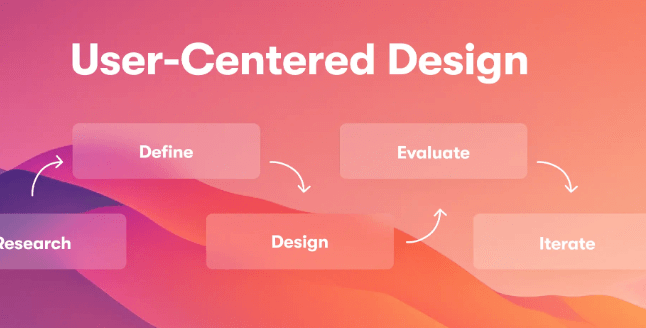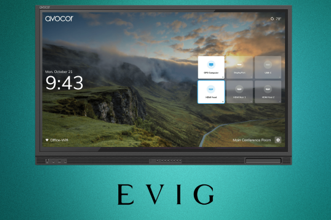A Guide to Designing a User-Centered Product

The design of user-centered products is not merely a process but an essential framework that hinges on a thorough comprehension of user needs and behaviors. By employing research methodologies and data analysis, designers can create accurate user personas and map their experiences. This foundational approach paves the way for effective prototyping and iterative testing, vital for aligning the final product with user expectations. However, the journey does not end here; the integration of continuous feedback plays a critical role in refining the design. What specific strategies can be employed to ensure this iterative process truly resonates with users?
Understanding User Needs
A thorough understanding of user needs is crucial for designing products that resonate with users and meet their expectations.
By developing user personas and employing empathy mapping, designers can visualize user journeys and identify pain points.
Behavior analysis and demographic insights further refine this understanding, enabling the creation of solutions that not only address user challenges but also empower them in their pursuits.
Research and Data Collection
Research and data collection serve as the backbone of user-centered design, providing essential insights that guide decision-making.
Employing surveys analysis helps gather quantitative data, while qualitative insights shape user personas, ensuring a deep understanding of user motivations and behaviors.
This dual approach empowers designers to create products that resonate with users, fostering a sense of freedom and satisfaction through tailored experiences.
Prototyping and Testing
Prototyping and testing are crucial steps in the user-centered design process, bridging the gap between conceptual ideas and tangible products.
Rapid prototyping enables designers to create quick iterations, allowing for real-time feedback.
Usability testing then assesses how effectively users interact with these prototypes, ensuring that their needs and preferences are prioritized, ultimately fostering a sense of freedom and satisfaction in the product experience.
Iteration and Feedback Integration
How can designers effectively refine their products to meet user expectations?
By embracing iteration and integrating feedback throughout the user journey, designers can enhance usability and satisfaction.
Conducting regular design critiques invites diverse perspectives, fostering a culture of improvement.
This process not only aligns products with user needs but also empowers designers to create solutions that resonate deeply, promoting a sense of freedom and connection.
Conclusion
In conclusion, designing a user-centered product necessitates a thorough understanding of user needs through diligent research, prototyping, and iterative testing. This process resembles the craftsmanship of a blacksmith, where each strike of the hammer refines the metal, ultimately shaping a product that resonates with users. By continuously integrating feedback and adapting to user experiences, designers forge solutions that not only meet functional requirements but also enhance overall satisfaction, paving the way for meaningful interactions in an ever-evolving landscape.





